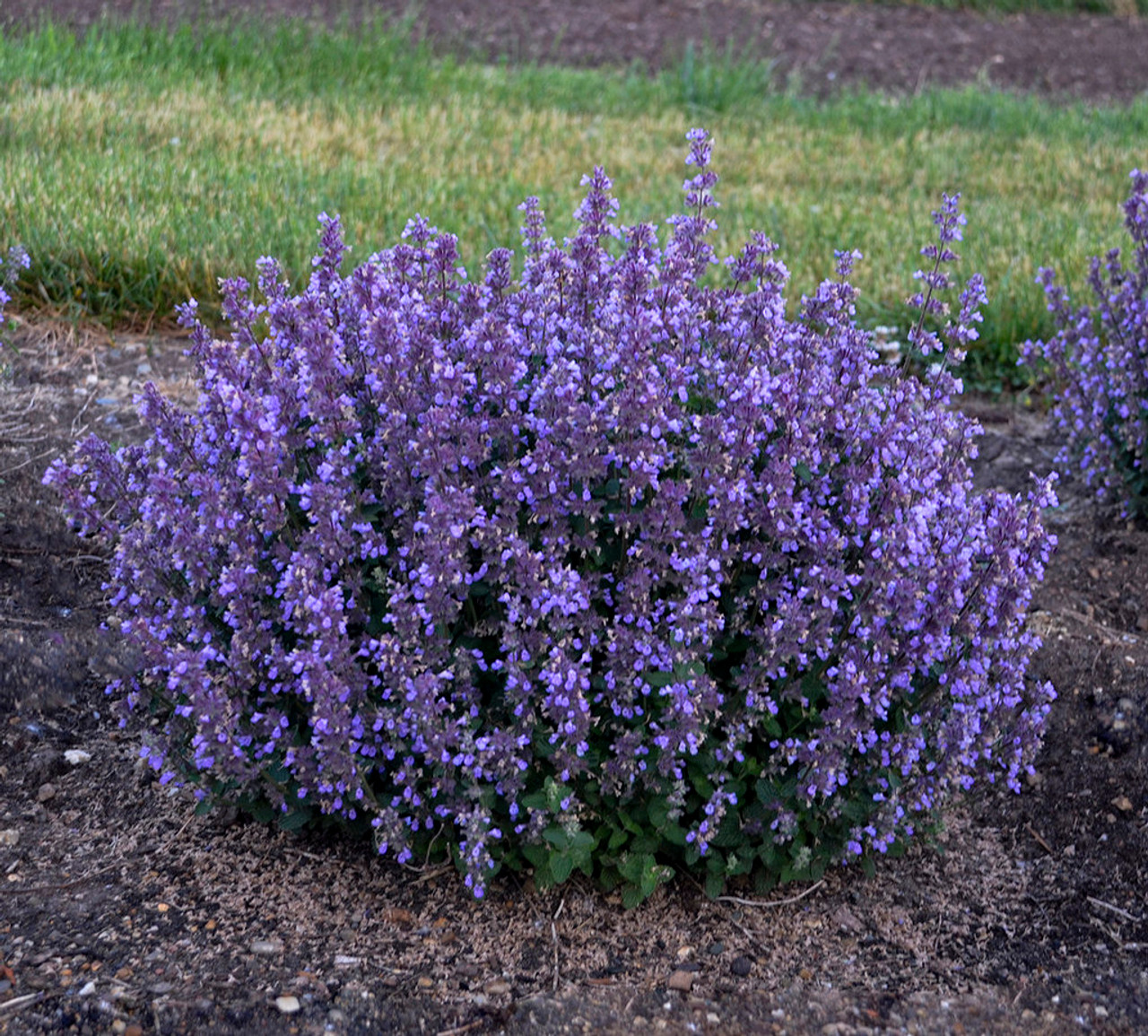

Catmint is most often grown by seed or through division. They are even heat and drought tolerant, making them excellent plants for dry garden areas. These plants are good for mass planting or edging and are suitable near vegetables as an insect deterrent - especially for aphids and Japanese beetles.Ĭatmint can be grown in sun or partial shade with average, well-draining soil. If you don’t want your garden overrun with felines, plant catmint instead, which is much less attractive to them. This type is most suitable for “cat-friendly” gardens. They may nibble on it or even roll around in the foliage. Catnip ( Nepeta cataria) has less ornamental value in the garden than its catmint ( Nepeta mussinii) counterpart.Ĭatnip is also found to be highly attractive to cats, with many of them exhibiting a naturally induced euphoria around the plant. While basically considered the same plant as they share many of the same characteristics, there are differences between the two species. Many people wonder what is the difference between catnip and catmint. This is also believed to be the origin of its genus name, Nepeta. For example, the herb is thought to have been first cultivated in the Roman town of Nepeti, where it was used as herbal tea and insect repellent. This easily grown plant has an interesting history regarding its various uses in the landscape. It produces clusters of lavender-blue flowers amid mounds of gray-green foliage.


Walker's Low Nepeta - named after an English castle and not for its size, this cultivar has showy deep blue flowers on tall flower spikes.In early summer after the first flush of flowers have faded, Shear off the flower spikes just above the foliage to get the plants to re-bloom again later in the summer.
Cat mint plant Patch#
Select Blue Nepeta - a selection I made back in the early 1990's from a patch of plants I found in an office park landscape, this low growing, non-spreading plant has beautiful lavender-blue flowers.And based on my experiences I can enthusiastically recommend two outstanding, sterile (no seeds), long-blooming varieties. I've experimented with numerous species and selections of Nepeta in my gardens over many years. The seed-grown catmints can be aggressively weedy, spreading themselves throughout the garden and crowding out neighboring perennials. I strongly recommend planting only sterile hybrids and avoiding any Nepeta that are propagated from seed. But I recommend caution when purchasing catmint plants for your yard. There are several hundred species of Nepeta and many additional selections (cultivars) that had been selected for improved garden performance.


 0 kommentar(er)
0 kommentar(er)
